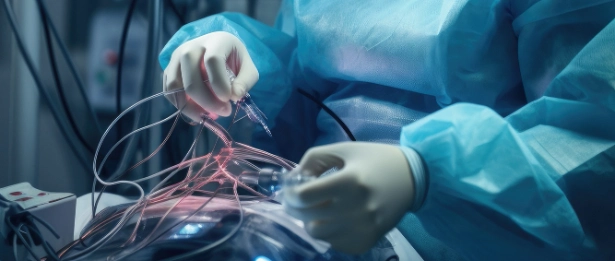Ductoscopy

Ductoscopy is a minimally invasive procedure used to examine the ducts of the breast, particularly the milk ducts (also known as lactiferous ducts). It involves the insertion of a thin, flexible, tube-like instrument called a ductoscope into the breast duct through the nipple opening.
During ductoscopy, a small camera at the tip of the ductoscope provides real-time images of the inside of the duct, allowing the physician to visually inspect the duct walls for abnormalities such as lesions, cysts, or tumors. Additionally, instruments can be passed through the ductoscope to take tissue samples (biopsies) or to perform treatments such as removing small lesions.
Ductoscopy is primarily used in the evaluation of patients with nipple discharge, particularly if the discharge is persistent, bloody, or associated with other breast symptoms. It can help in diagnosing various breast conditions, including intraductal papillomas, ductal carcinoma in situ (DCIS), and other benign or malignant lesions within the breast ducts. Ductoscopy is considered a valuable tool in breast imaging and can aid in guiding further diagnostic and treatment decisions.
Related Branches
See All








